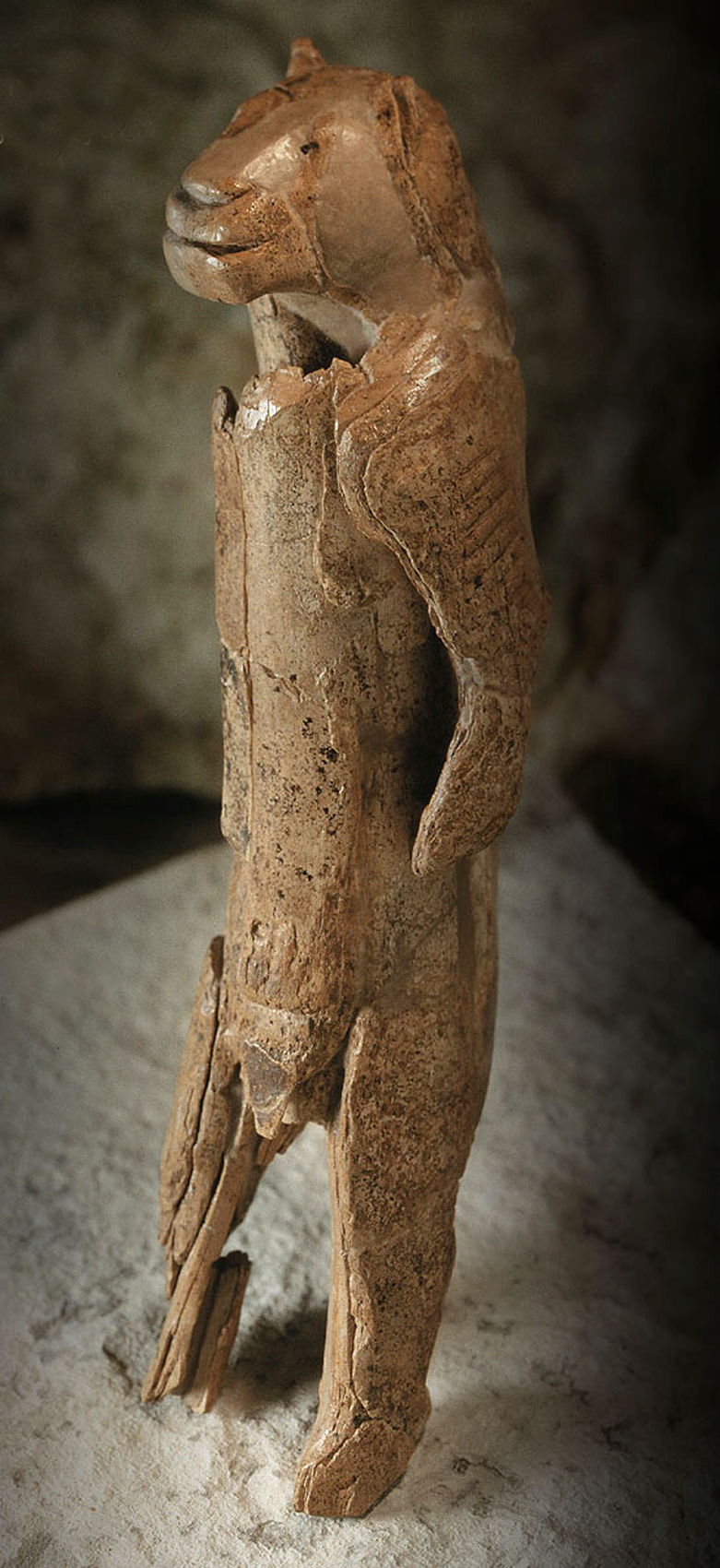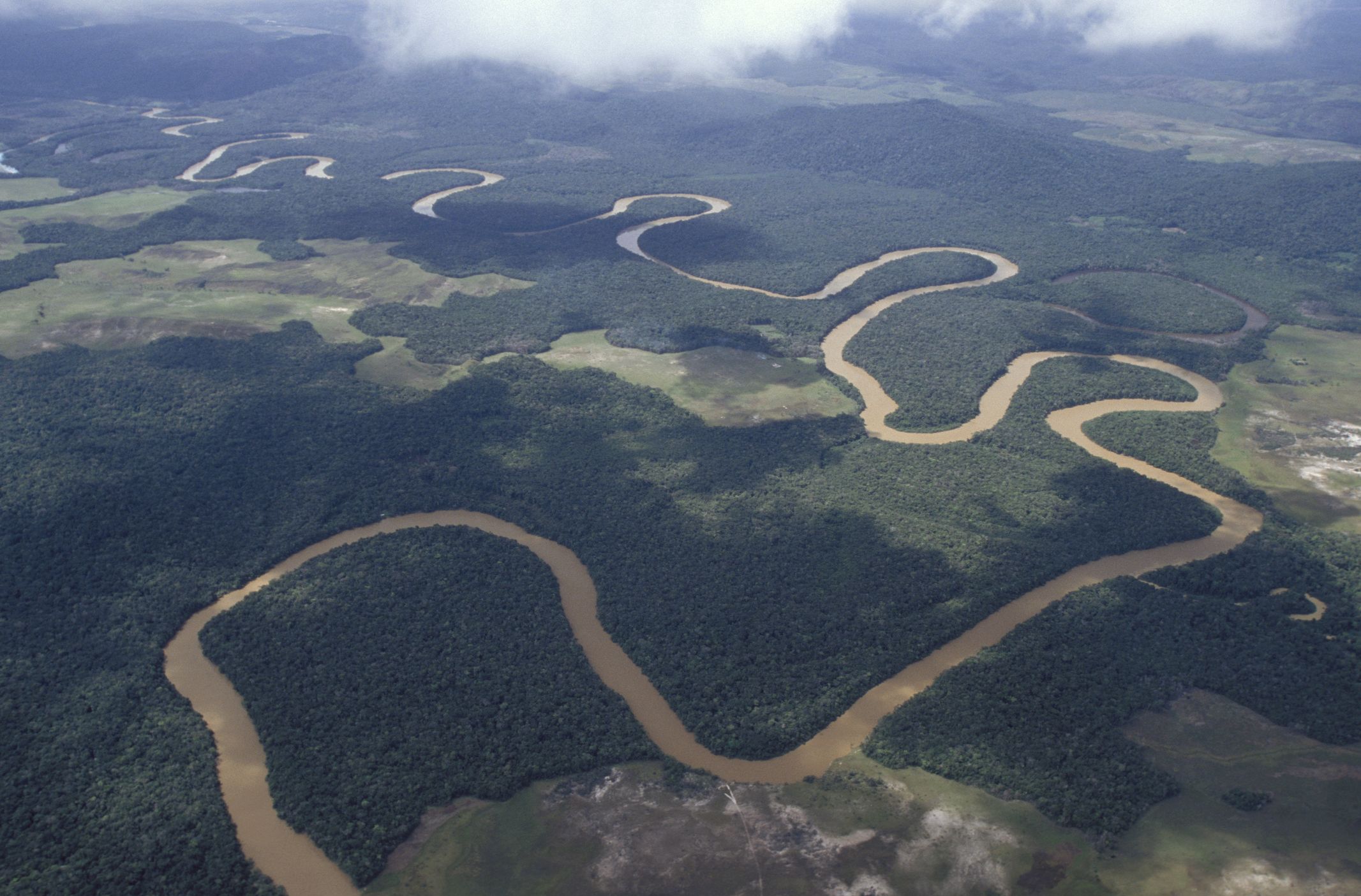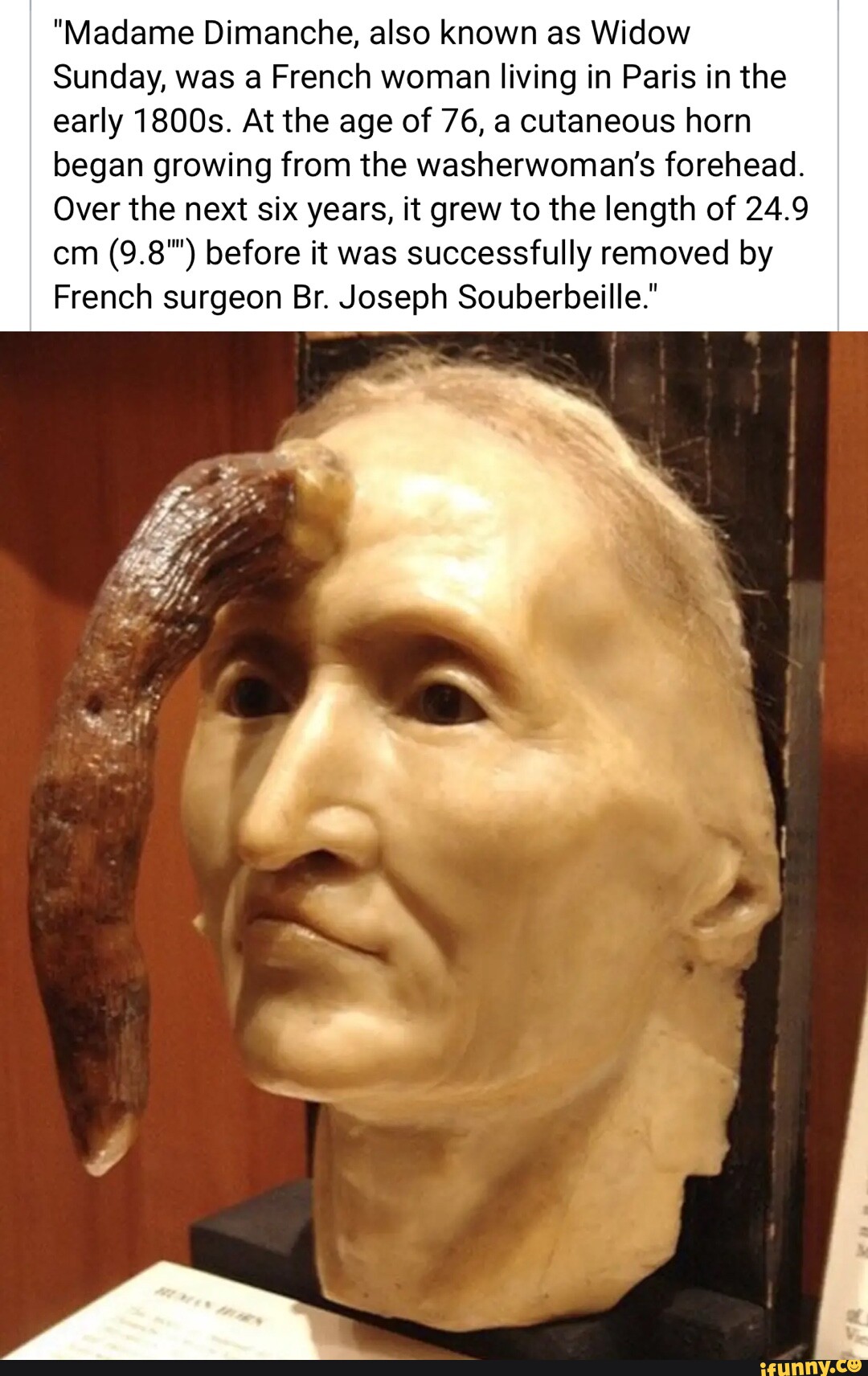-
ICMag with help from Landrace Warden and The Vault is running a NEW contest in November! You can check it here. Prizes are seeds & forum premium access. Come join in!
You are using an out of date browser. It may not display this or other websites correctly.
You should upgrade or use an alternative browser.
You should upgrade or use an alternative browser.
The Super Duper Beautiful or Trippy Photo Thread!
- Thread starter Jellyfish
- Start date
you had to wait for kia, hyundai and toyota to get the fuck outLocal mural. My shit pics don't do it justice! View attachment 19073832 View attachment 19073833

Last edited:
Porky82
Well-known member
Yeah it's a busy car park. Night time is probably the only time there is no cars.you had to wait for kia, hyundai and toyota to get the fuck out
The Löwenmensch figurine, also called the Lion-man of Hohlenstein-Stadel, is a prehistoric ivory sculpture discovered in Hohlenstein-Stadel, a German cave, part of the Caves and Ice Age Art in the Swabian Jura UNESCO World Heritage Site, in 1939. The German name, Löwenmensch, meaning "lion-person" or "lion-human", is used most frequently because it was discovered and is exhibited in Germany. It is an anthropomorphic figurine combining a human-like body with the head of a cave lion.
 Side view showing the transverse gouges on the left arm
Side view showing the transverse gouges on the left arm
Determined by carbon dating of the layer in which it was found to be between 35,000 and 41,000 years old, it is one of the oldest-known examples of an artistic representation and the oldest confirmed statue ever discovered. Its age associates it with the archaeological Aurignacian culture of the Upper Paleolithic.An example of zoomorphic art, it was carved out of mammoth ivory using a flint stone knife. Seven parallel, transverse, carved gouges are on the left arm.
After several reconstructions that have incorporated newly found fragments, the figurine stands 31.1 cm (12.2 in) tall, 5.6 cm (2.2 in) wide, and 5.9 cm (2.3 in) thick. It is currently displayed in the Museum Ulm, in the city of Ulm.

| Lion-man | |
|---|---|

| |
| Material | ivory |
| Created | c. 40,000 years ago |
| Discovered | 25 August 1939 Asselfingen, Baden-Wurttemberg, Germany |
| Discovered by | Otto Völzing |
| Present location | Ulm, Blaubeuren, Baden-Wurttemberg, Germany |
 Side view showing the transverse gouges on the left arm
Side view showing the transverse gouges on the left armDetermined by carbon dating of the layer in which it was found to be between 35,000 and 41,000 years old, it is one of the oldest-known examples of an artistic representation and the oldest confirmed statue ever discovered. Its age associates it with the archaeological Aurignacian culture of the Upper Paleolithic.An example of zoomorphic art, it was carved out of mammoth ivory using a flint stone knife. Seven parallel, transverse, carved gouges are on the left arm.
After several reconstructions that have incorporated newly found fragments, the figurine stands 31.1 cm (12.2 in) tall, 5.6 cm (2.2 in) wide, and 5.9 cm (2.3 in) thick. It is currently displayed in the Museum Ulm, in the city of Ulm.



:max_bytes(150000):strip_icc()/river-monsters-2000-d6f20f11b91944e2875c74abf721b60c.jpg)








